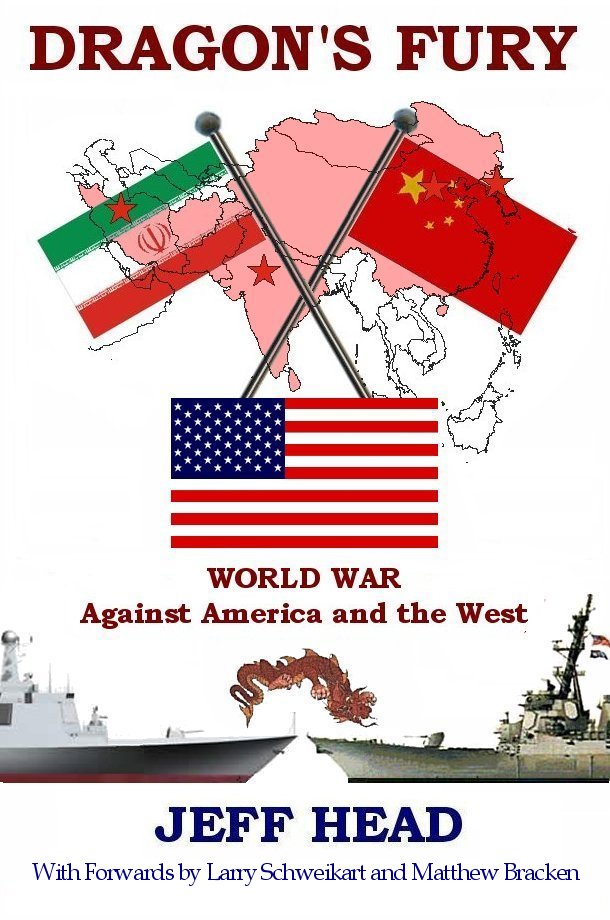
|
   |
|
| SPECIFICATIONS | PHOTOGRAPHS (Click on the pictures for an enlarged photo) |
 Designation: LHA Length: 820 ft Width: 146 ft Beam: 106 ft Displacement: 39,900 tons Propulsion: 2 boilers, 2 turbines, 2 shafts Speed: 24 knots Crew: 865 Troops: 2,000 Airwing: 35 rotary, vstol Armament: - 2 X 21 RAM SAM - 2 X 20mm Phalanx CIWS - 4 X 25mm MK38 guns - 3 X .50 cal machine guns Elevators: 2 Ships in class: 1 LHA-5 USS PeleliuThe Tarawa Class LHAs were the largest amphibious assault vessels ever built at the time, only being eclipsed by the newer Wasp class LHDs. Displacing almost 40,000 tons when fully loaded, like the Wasp, these vessels are larger than most other nation's aircraft carriers, which they closely resemble. Uniquely designed to support assault from the sea against defended positions ashore. The Tarawa class carry a crew of approximately 950 Sailors and 1,900 Marines. The vessels embark a mixture of Marine Corps helicopters and VSTOL attack and assault aircraft. The Tarawa class was built to be the strongest amphibious assault vessel on earth at the time of their construction. It was clear that these vessels could also be well suited for other missions, such as Sea Control, and tests were performed in the 1980's and 1990's to verify this concept. The result was the cancellation of what was intended to be a class of nine ships after the fifth ship was built. This was to make room for the newer Wasp class that would take advantage of the lessons learned from the Tarawa. Still, like their younger sister Wasps, the Tarawa class is capable of embarking 1,900 US Marines and all of the equipment to support them, the Wasp class also carries all of the equipement necessary to provide either air (via helicopter and V-22 Osprey aircraft) or sea assault (via well-docked air cushion or landing craft) on the objectives of those marines, while giving them the logistical, command and control, close-air support (through its embarked wing of VSTOL fighter bombers), and the hospital support they require while doing so. It has been shown that the Tarawas can function in the sea control mode when required, embarking in that event more fighters and ASW helicopters. The new Joint Strike Fighter, the supersonic VSTOL replacement for the Harriers will further enhance this capabilty, as well as the close air support capability in the amphobious assault role. These vessels were slated for a thirty-five year service life. A plan to increase their life by another fifteen years through a Service Life Extension Program (SLEP) was ruled out as not cost effective in light of the introduction of the Wasp class and the planning for the LHX. Therefore, LHA-3, Belleau Wood, was replaced by the eighth Wasp class vessel, LHD-8, the Makin Island, in 2006, the Belleau Wood, was then sunk in target practice, live-fire exercises in the summer of 2006. LHA-2, the USS Saipan, was decommissioned in April, 2007. Tarawa was decommissioned in 2009, and Nassau was decommissioned in 2011. The last, the Peleliu, is slated to be used in conjunction with the USS America, LHA-6 when she is commissioned in 2012-2013, and then, later replaced by the second in that class when built. |
      
|
 |
View Guestbook | LINKS OF INTEREST | Sign Guestbook |
 |
Copyright © 2005-2012 by Jeff Head |
JEFFHEAD.COM Hit Counter
World-wide Aircraft Carrier Hit Counter
